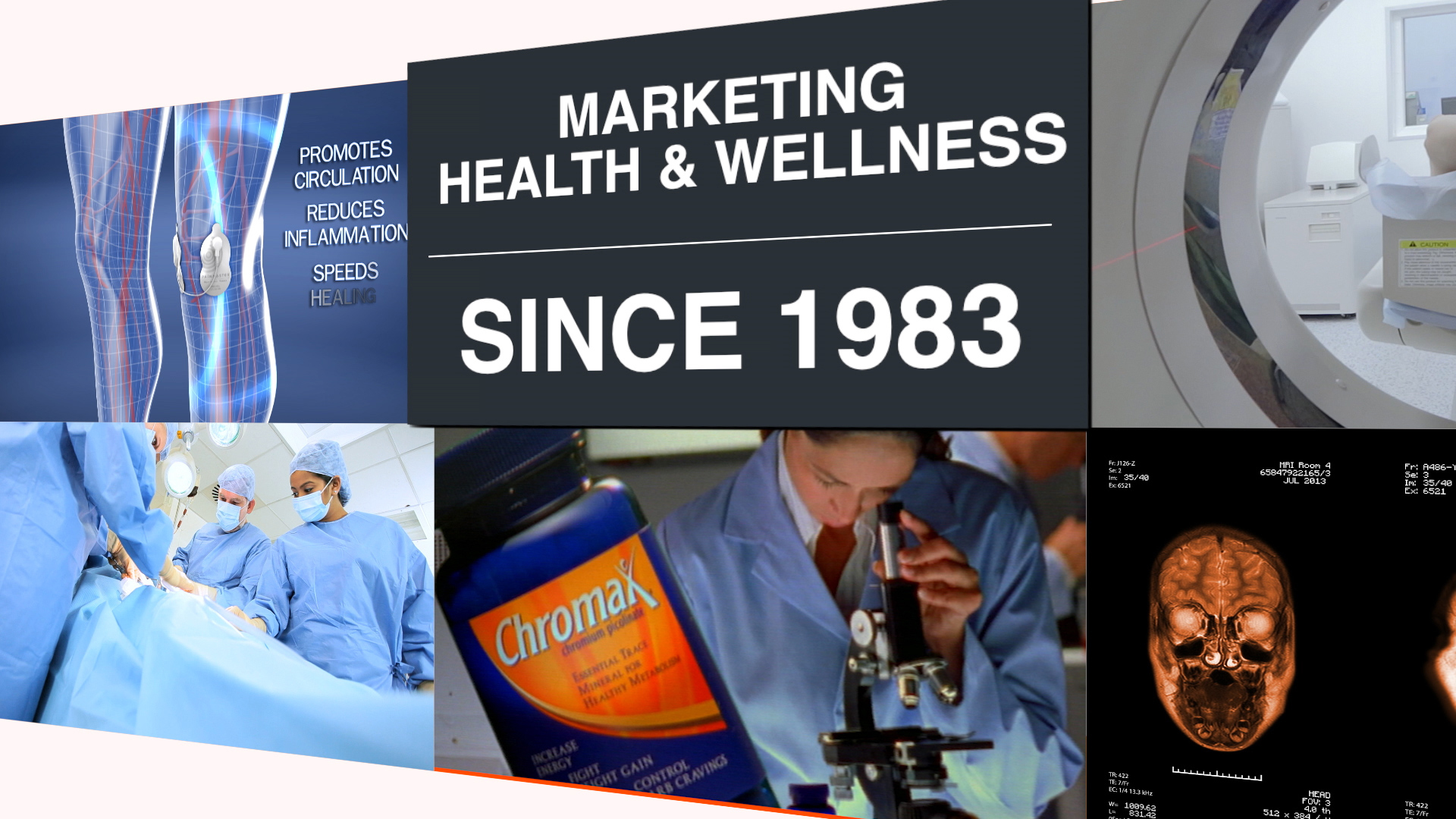Pharmaceutical Advertising and Understanding the Patient
In a new digital world, consumers are now relying heavily on the internet to provide health information. “One in twenty Google searches is now for health-related information.” That means that before calling a physician, or scheduling an appointment, consumers go straight to the internet, and many times, self-diagnose from their research.
What does this mean for pharmaceutical advertising?
It means that advertisers need to understand the patient’s decision making process in order to reach consumers from the very beginning. Advertising with pharmaceutical videos, can connect patients or consumers to the advertiser. Brian Fox, Caroline Hofmann and Amit Paley discuss the importance of CareFlow, which “maps a patient’s journey from the first awareness of a problem to treatment”. This gives advertisers a better understanding of the decision making process for the average consumer. A CareFlow map shows advertisers that the process is definitely not a simple one. Take a look at the CareFlow map in the link below.
It is no longer a progression of having an appointment with the doctor, getting medicine, and then being cured. Patients are doing their own research, meeting with multiple doctors, and even deciding when they think their treatment is over.
How can the CareFlow map help advertisers?
It’s simple, the better you understand the consumer, the easier it is to reach that consumer. By studying the way patient’s think and act can help marketers “engage with patients in ways that feel natural and personal” whether it be providing information or guiding in the right direction. This also allows the marketer to “understand the relative importance of points and (re)allocate investment and attention accordingly”.
For more information on better understanding the patient, check out this article on McKinsey.com









